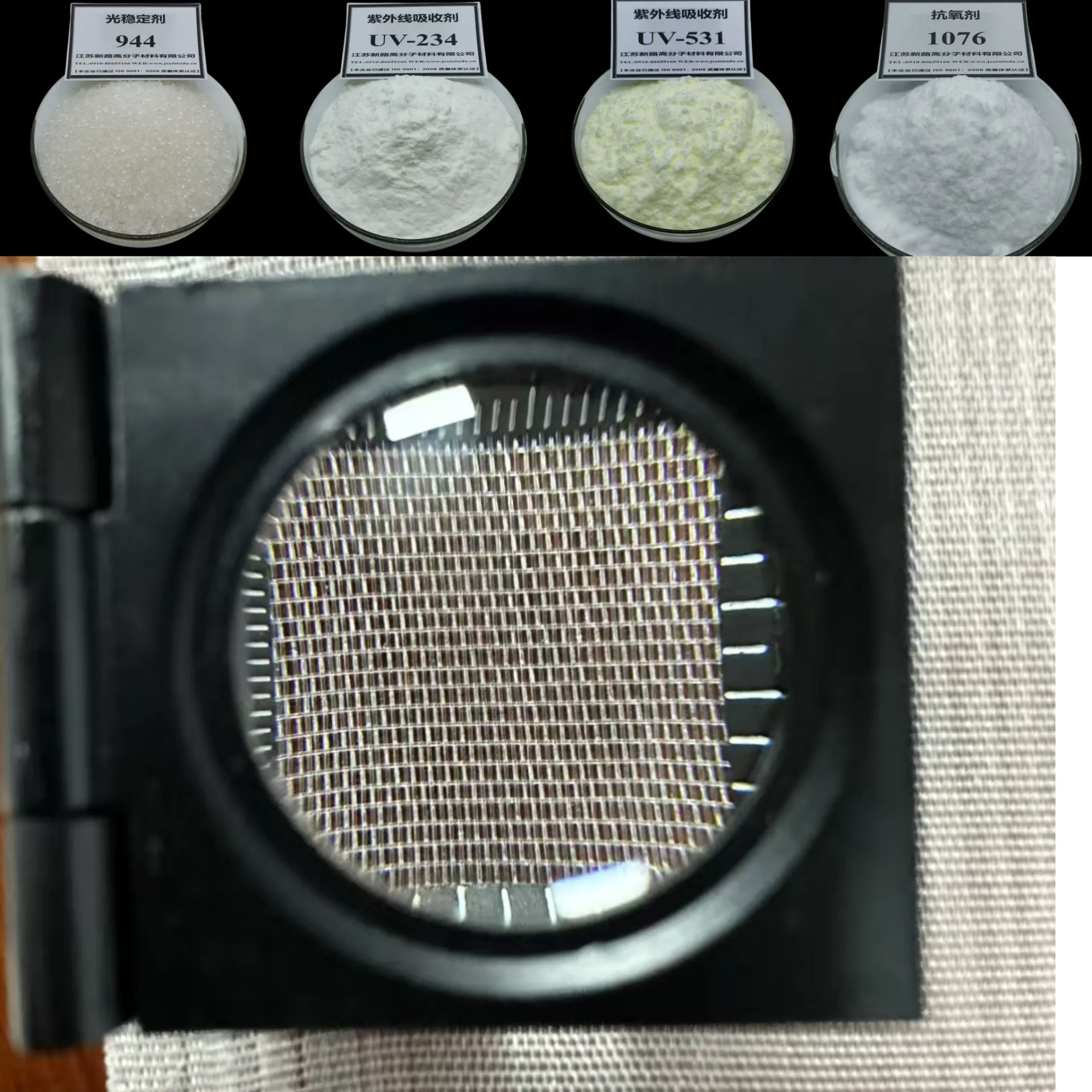2 月 . 16, 2025 11:01
Back to list
Anti Hail Net
Hail storms can wreak havoc on crops, vineyards, and delicate plants, leading to significant financial losses for farmers and vineyard owners. High-quality hail protection nets offer an innovative and effective solution to this issue, ensuring that valuable crops are safeguarded against the unpredictable fury of nature. In this article, we delve into the importance of hail protection nets, exploring how they have become a critical investment for those reliant on agriculture for their livelihoods. As with any significant agricultural advancement, understanding the technology, implementation, and benefits of hail protection nets can lead to more sustainable and profitable farming practices.
Real-life experiences from farmers who have integrated hail protection nets into their practices often echo the sentiments of relief and assurance. Anecdotes tell of seasons saved despite severe weather conditions that have battered unprotected neighboring fields. Their stories of resilience and success serve as compelling endorsements for the effectiveness of these nets. Additionally, these farmers report a reduction in insurance premiums, as the risk posed by hail damage is significantly mitigated by the presence of these protective measures. When considering the broader environmental impact, hail protection nets support sustainable practices. By minimizing crop loss, they reduce the need for replanting and conserve water and other resources. The durability and reusability of high-quality nets also minimize waste, contributing positively to sustainable farming initiatives. Furthermore, their ability to filter sun exposure reduces crop sunburn, allowing for healthier and more robust plant growth without relying heavily on chemical inputs. For those evaluating the cost-effectiveness of implementing hail protection nets, the initial investment may seem significant. However, an analysis of long-term benefits, including reduction in crop insurance costs, prevention of potential losses, and improved market access for higher quality produce, clearly showcases their value. When planning for future agricultural resilience, hail protection nets emerge as a technologically advanced and economically sound investment for mitigating natural risks while enhancing production capabilities. In summary, hail protection nets represent a confluence of expertise, durability, and innovative agricultural practices. They symbolize a critical adaptation for modern farming, echoing the determined spirit of farmers who constantly strive to optimize output while battling the uncertainties of weather.


Real-life experiences from farmers who have integrated hail protection nets into their practices often echo the sentiments of relief and assurance. Anecdotes tell of seasons saved despite severe weather conditions that have battered unprotected neighboring fields. Their stories of resilience and success serve as compelling endorsements for the effectiveness of these nets. Additionally, these farmers report a reduction in insurance premiums, as the risk posed by hail damage is significantly mitigated by the presence of these protective measures. When considering the broader environmental impact, hail protection nets support sustainable practices. By minimizing crop loss, they reduce the need for replanting and conserve water and other resources. The durability and reusability of high-quality nets also minimize waste, contributing positively to sustainable farming initiatives. Furthermore, their ability to filter sun exposure reduces crop sunburn, allowing for healthier and more robust plant growth without relying heavily on chemical inputs. For those evaluating the cost-effectiveness of implementing hail protection nets, the initial investment may seem significant. However, an analysis of long-term benefits, including reduction in crop insurance costs, prevention of potential losses, and improved market access for higher quality produce, clearly showcases their value. When planning for future agricultural resilience, hail protection nets emerge as a technologically advanced and economically sound investment for mitigating natural risks while enhancing production capabilities. In summary, hail protection nets represent a confluence of expertise, durability, and innovative agricultural practices. They symbolize a critical adaptation for modern farming, echoing the determined spirit of farmers who constantly strive to optimize output while battling the uncertainties of weather.
Next:
Latest news
-
The Versatility of Stainless Steel Wire MeshNewsNov.01,2024
-
The Role and Types of Sun Shade SolutionsNewsNov.01,2024
-
Safeguard Your Space with Effective Bird Protection SolutionsNewsNov.01,2024
-
Protect Your Garden with Innovative Insect-Proof SolutionsNewsNov.01,2024
-
Innovative Solutions for Construction NeedsNewsNov.01,2024
-
Effective Bird Control Solutions for Every NeedNewsNov.01,2024












